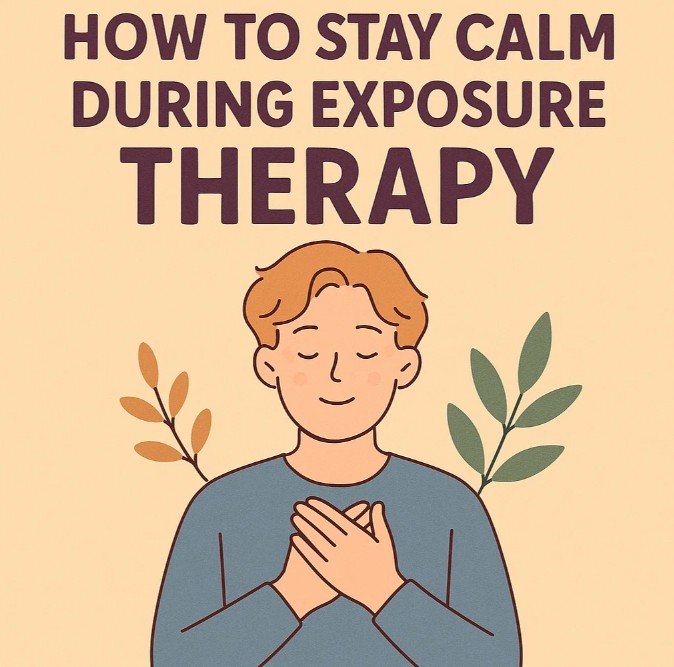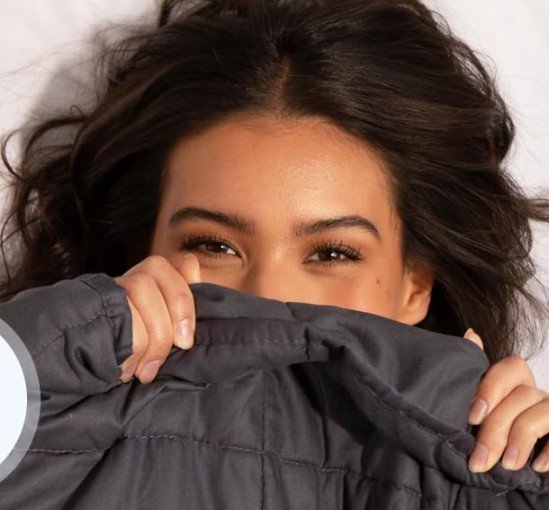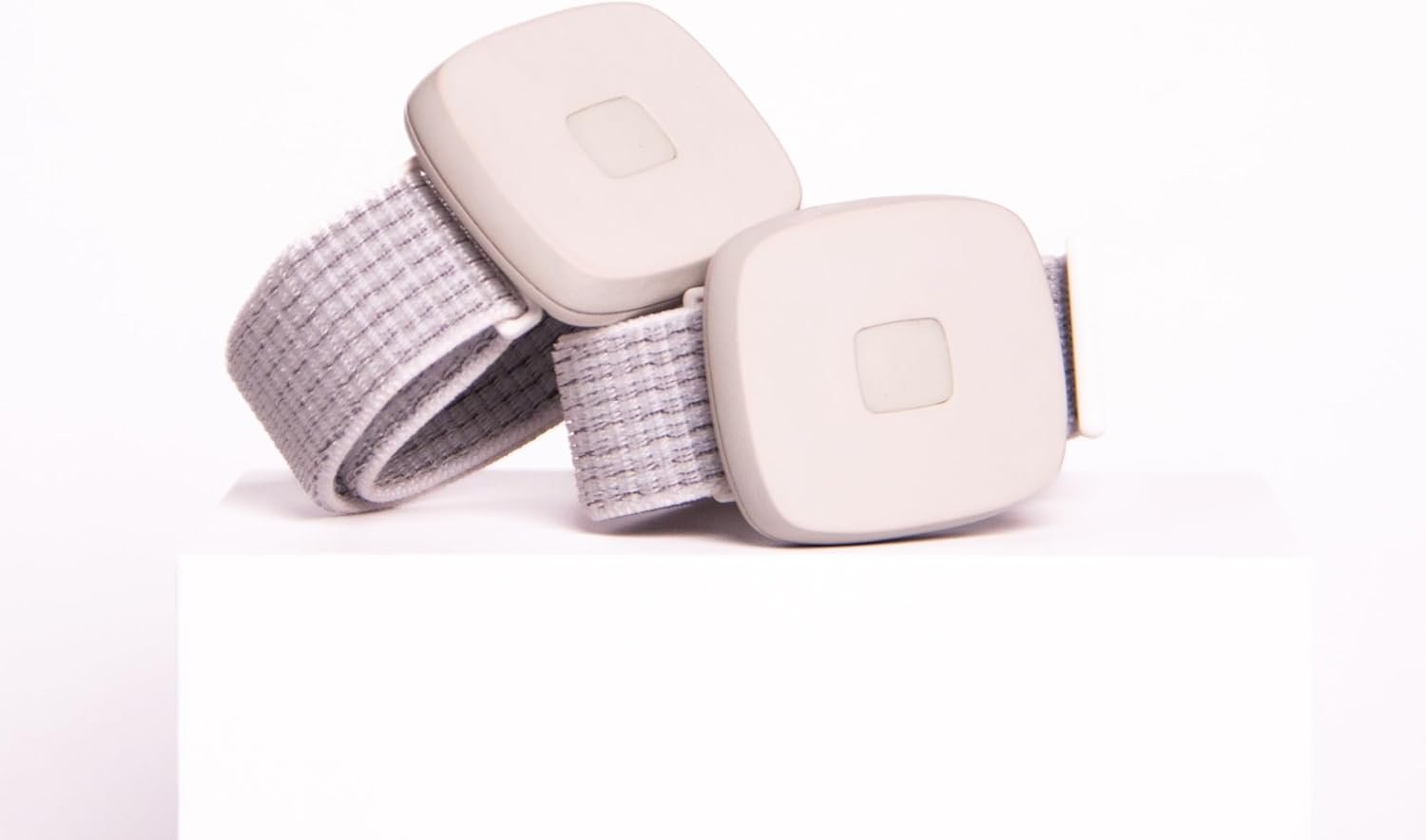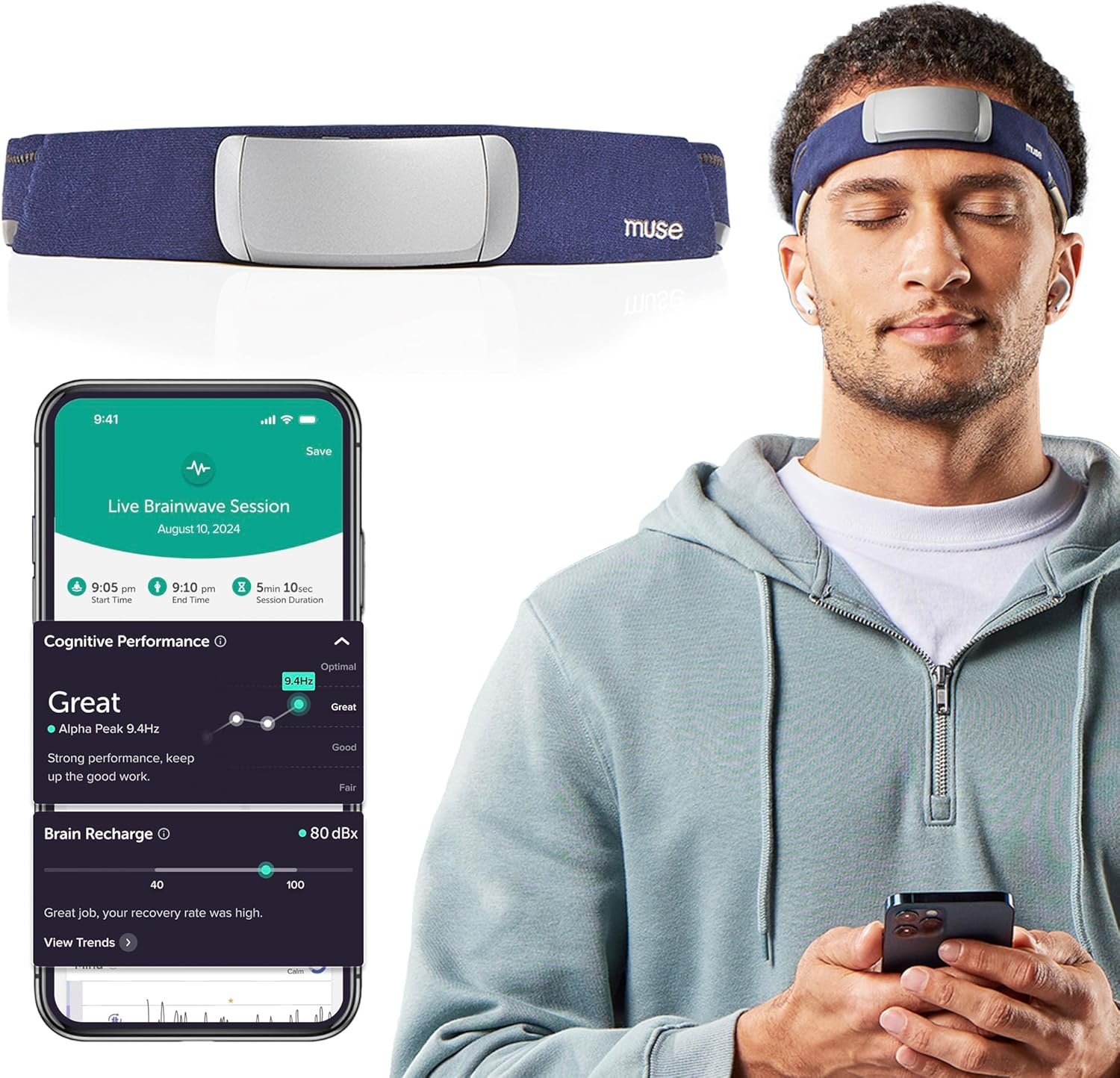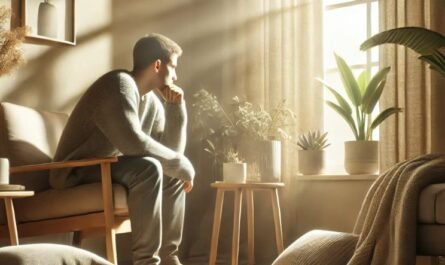Exposure therapy can be one of the most transformative—and challenging—forms of mental health treatment. Whether you’re facing down trauma triggers, OCD compulsions, or deep-rooted fears, the process of intentionally confronting anxiety is no small task. But learning how to stay calm during exposure therapy can make all the difference.
Luckily, there are tools that can support your nervous system, improve self-regulation, and help you stay grounded throughout the process. Below, I’ll walk you through three standout products that do exactly that—each one designed to help you stay steady, even when your anxiety wants to take over.
📊 Recommended Products
Feature | |||
|---|---|---|---|
Calming Method | Deep pressure touch | LED breath pacing | EEG-guided brain training |
Portability | Low (home use) | High (pocket-sized) | Medium (wearable) |
Best Use Case | Pre/post exposure session | Real-time stress during exposure | Home/therapist-guided exposure |
Ease of Use | Very easy | Simple, no app needed | Requires app setup |
Great For | Grounding nervous system | Breath-based calm | Structured relaxation practice |
Price |
1. 🛏️ LUNA Cotton Weighted Blanket: Full-Body Calm
The LUNA weighted blanket is a simple, natural way to relax your nervous system. It works by providing deep pressure stimulation (DPS)—a technique shown to promote calmness, lower cortisol, and activate your body’s natural relaxation response. It’s like a cozy, grounded hug when your body feels overstimulated.
This product is ideal for use before or after an exposure therapy session. It can help lower baseline anxiety, especially if your body stays tense or hypervigilant. The soft cotton fabric keeps things breathable and comfortable, even during longer use. That said, it’s not something you can bring to a crowded place or a real-life exposure scenario—but for at-home sessions or recovery afterward, it’s powerful.
2. 💡 B-Pulse Biofeedback Aid: Pocket-Sized Regulation
If you need something you can take with you into the moment, the B-Pulse device shines. This handheld LED biofeedback tool uses rhythmic lights to help you match your breathing to a calming pattern. It’s a form of visual breath pacing, which is clinically shown to reduce anxiety and regulate the autonomic nervous system.
What makes B-Pulse great is its simplicity. There’s no app, no audio, and no setup beyond turning it on. If you’re doing exposure therapy in public, like tackling social anxiety or OCD rituals, this is a discreet, responsive option to bring with you. The only drawback? It relies on light cues only, so if you’re sensitive to bright visuals, you may need to adjust or use it with eyes closed.
3. 🎧 Muse S Biofeedback Headband: Smart, Guided Calm
For those who love structure and feedback, the Muse headband is a brain-training powerhouse. It’s a lightweight EEG device worn on your forehead that tracks your brainwave activity and guides you through meditations and breathing sessions aimed at increasing focus and lowering stress.
What’s impressive here is the science-backed guidance. Unlike passive tools, this one actively trains you to get better at calming your mind. It pairs with a mobile app to deliver real-time feedback on how relaxed you are, giving you insight during exposure tasks like revisiting trauma narratives or confronting phobias. It’s not as portable as B-Pulse, but if you’re doing exposure therapy at home or in-session with a therapist, it’s a strong ally.
✅ Pros and Cons
LUNA Weighted Blanket
- ✅ Excellent for deep body relaxation
- ✅ Naturally reduces anxiety through pressure
- ❌ Not portable—best for home or therapy office
B-Pulse Biofeedback Tool
- ✅ Super portable, intuitive to use
- ✅ Offers real-time breath pacing
- ❌ Only uses light cues—no audio or guided content
Muse Headband
- ✅ Tracks your brainwaves and offers structured feedback
- ✅ Includes app-based guided sessions
- ❌ Requires setup, charging, and more engagement
🔍 Key Differences Between the Products
Each product helps regulate anxiety—but in very different ways:
- Format & Portability:
LUNA is great for home use, while B-Pulse can go in your pocket for on-the-go exposure tasks. Muse sits in the middle—wearable but best used in structured settings. - Type of Feedback:
LUNA gives tactile, physical comfort. B-Pulse uses visual cues for breathing regulation. Muse goes deeper with EEG and guided sessions. - Level of Engagement:
B-Pulse is passive, just follow the lights. Muse is active—you engage with the app and track your progress. LUNA needs no effort, just wrap up and breathe.
Final Thoughts: Find What Keeps You Grounded
When you’re facing intense emotions during exposure therapy, staying calm isn’t about powering through—it’s about having the right support in place. These three products each offer unique, effective ways to help you manage your anxiety and build resilience.
- Choose LUNA for a grounded, sensory calm at home.
- Pick B-Pulse if you need real-time help out in the world.
- Go with Muse if you want smart feedback and structured progress.
Whatever you choose, remember: staying calm during exposure therapy isn’t about perfection—it’s about supporting yourself as you face your fears. You’ve already done the hardest part by starting the journey.
You’ve got this.
Other Interesting Articles
- Ono Roller Fidget Toy Review: The Ultimate Hand Roller for Stress Relief?
- How to Cope with Political Stress Without Losing Your Mind
- Political Stress: How to Stay Sane When the World Feels Like It’s on Fire
- Political Stress Quiz: How Stressed Are You?
- Top 3 Emotional Regulation Books for Kids: Helping Children Navigate Big Feelings
- PaulWellness Free Therapy Worksheets
Author:
Paul Wellness is an expert in exposure therapy, social anxiety, and stress management, offering real-world advice and evidence-based strategies to help you live your fullest life.
